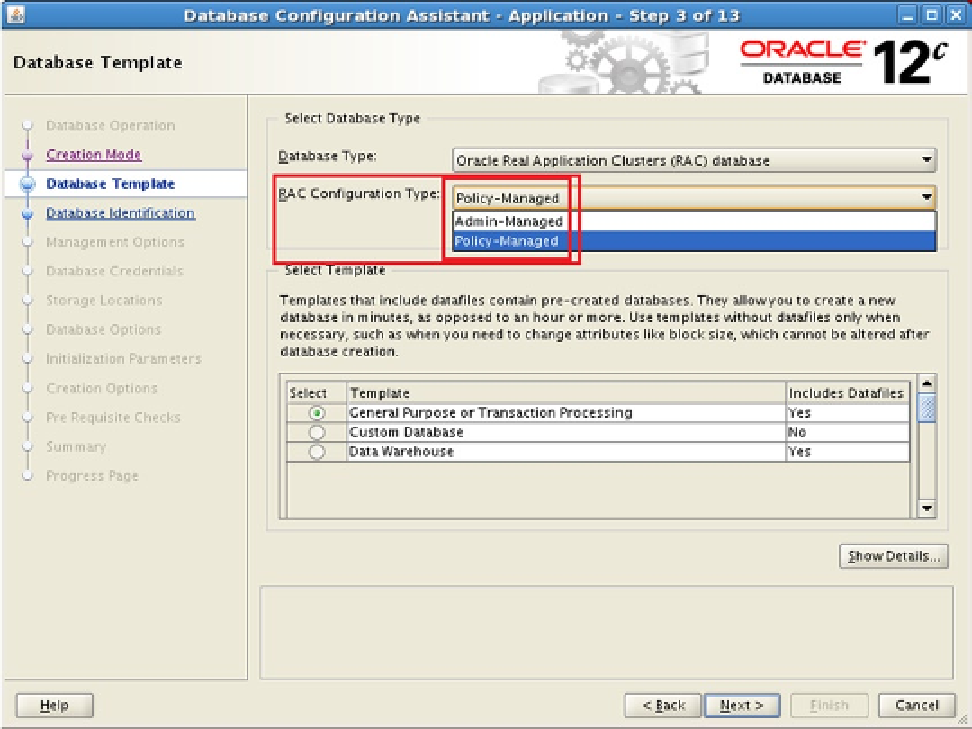Database Reference
In-Depth Information
and resources needed to support the expected workload in advance. Policy-managed databases are generally useful
in a very-large-scale cluster deployment, and the benefits include the following:
•
Resources are defined in advance to meet the expected workload requirements.
•
When defined with a number, sufficient instances will be initiated to meet the current
workload.
•
Policy-managed database services are uniform rather than defined in the typical way,
which is according to instances preferred and available.
•
In general, the objective of a policy-managed database is to remove the hard coding
of a service to a specific database instance.
Deploying a Policy-Managed Database
A policy-managed database is configured using the DBCA. At the same time, any preexisting admin-managed
database can be effortlessly converted to a policy-managed database in place. Unlike the typical admin-managed
database, when you create a new policy-managed database, you will need to specify a server pool on which the
instances should be run. You can select a preexisting server pool from the list to configure the RAC database or create
a new server pool with the required cardinality (number of servers), as shown in Figure
7-7
's
database placement
screenshot.
Figure 7-7.
DBCA policy-managed DB configuration

